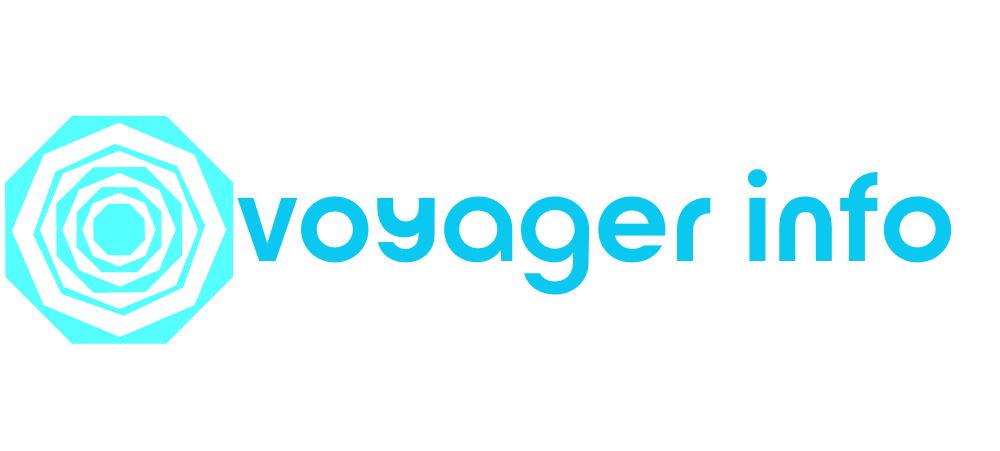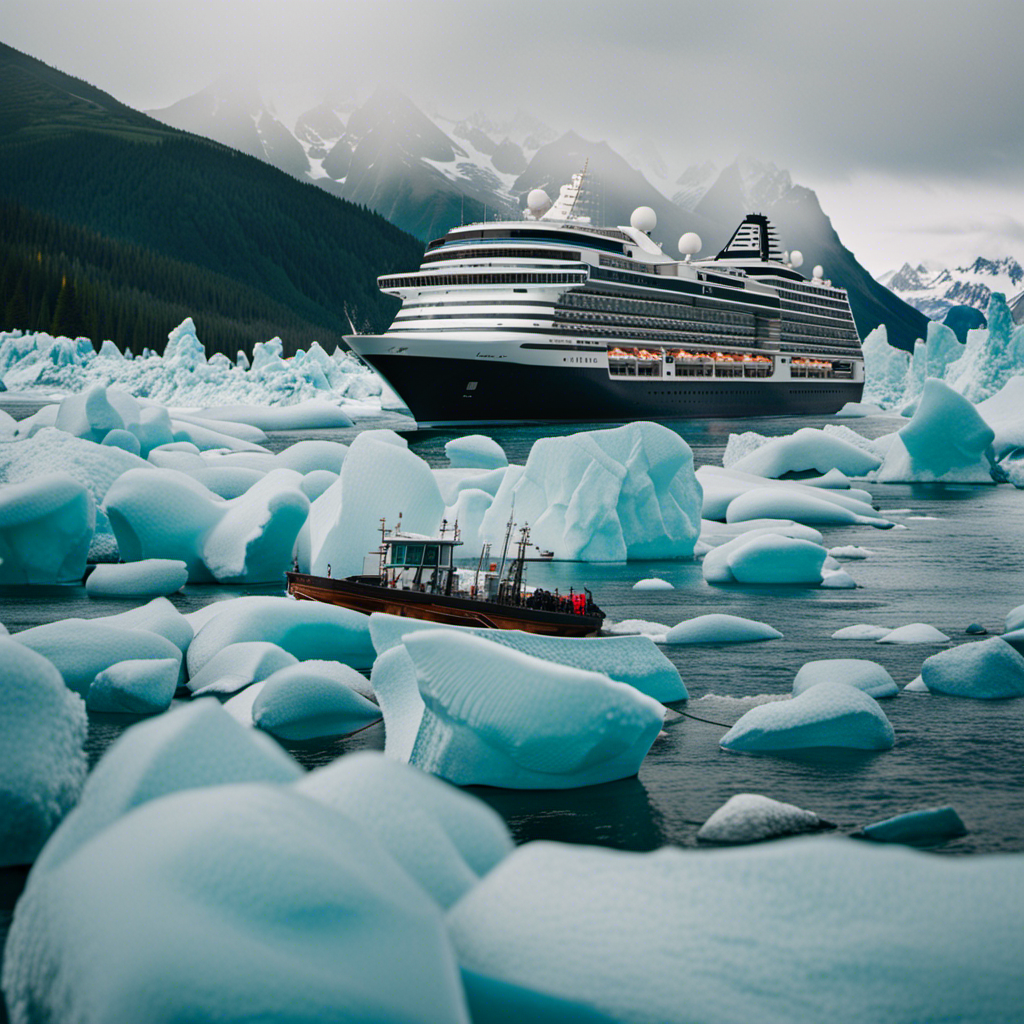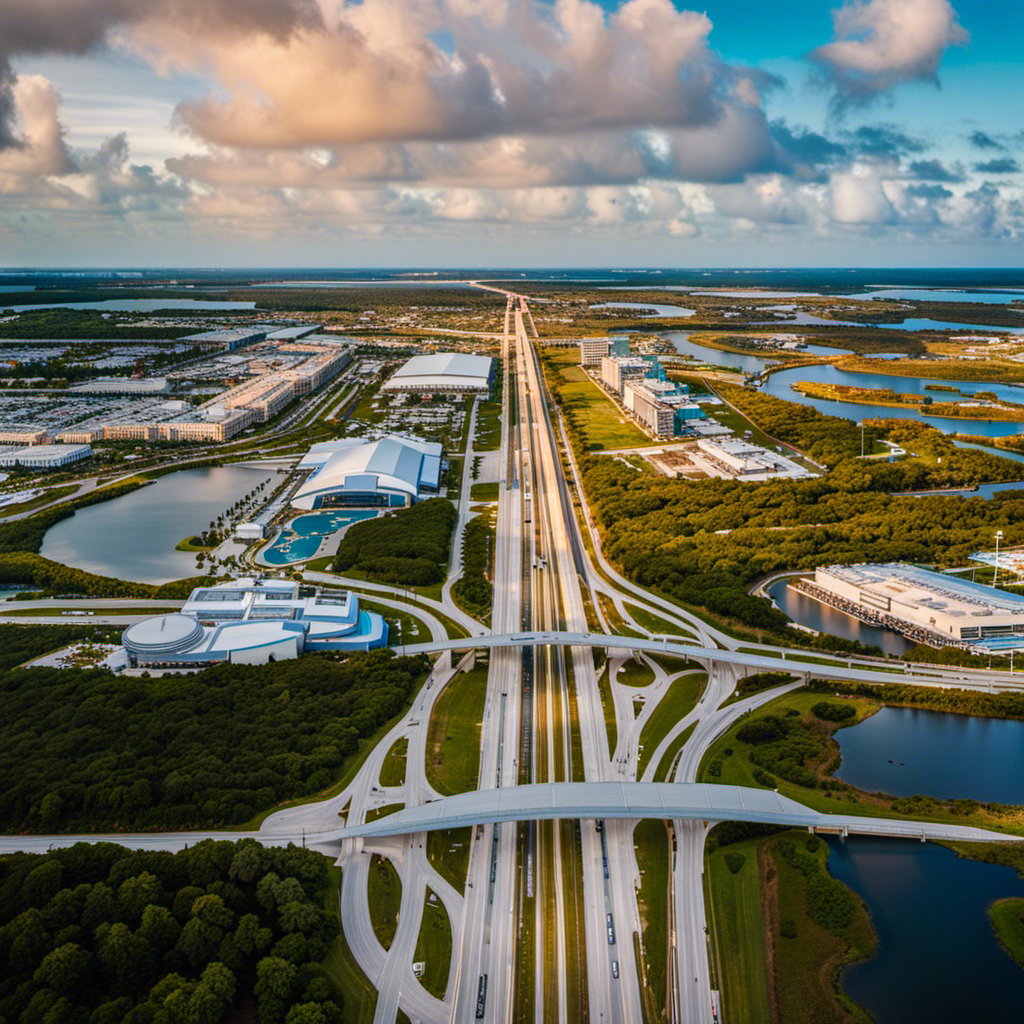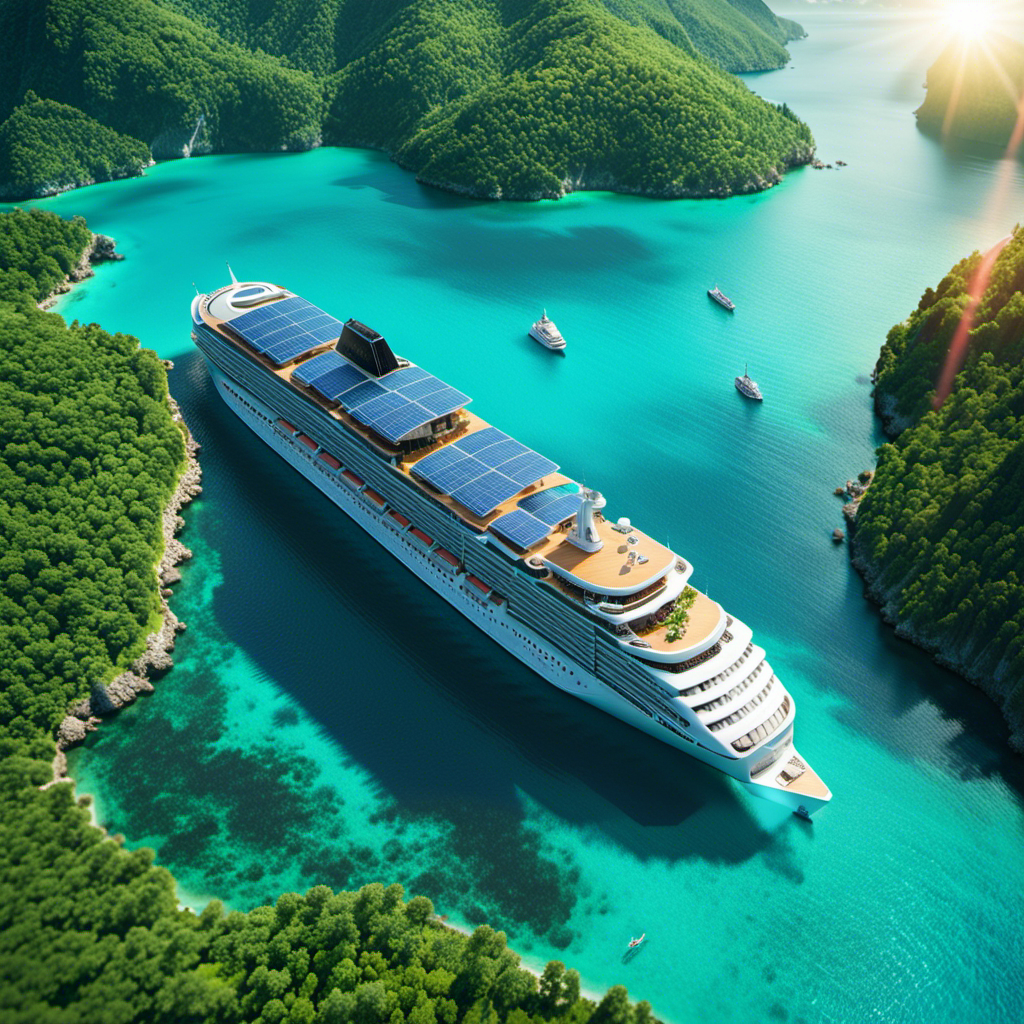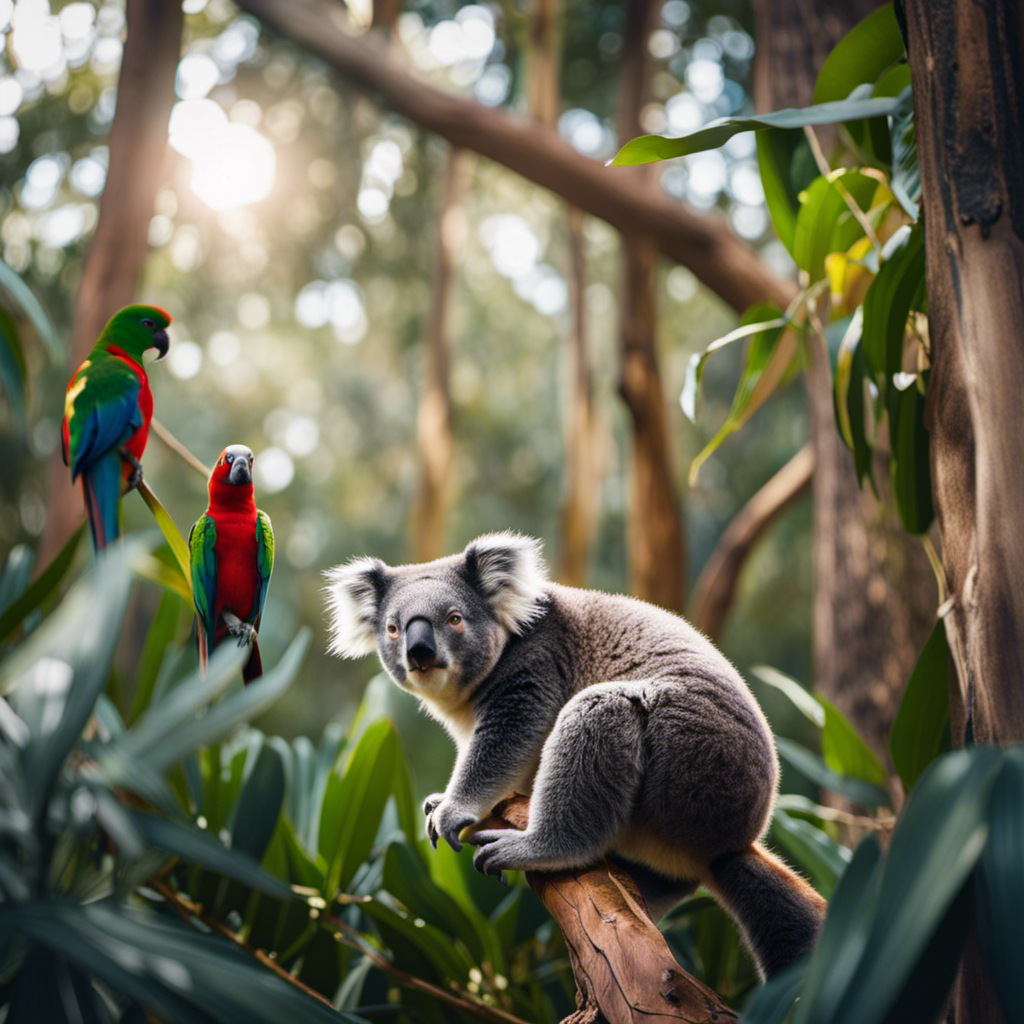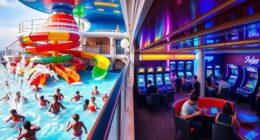I’m thrilled to share that Holland America Line has formed a partnership with the Alaska Seafood Marketing Institute (ASMI) to promote Alaska’s sustainable seafood.
Did you know that this collaboration will bring delicious, sustainably sourced Alaska seafood to all six Holland America Line ships sailing in Alaska? We’re talking mouthwatering dishes like the fried Alaska cod sandwich, Alaskan salmon chop, and roasted fennel crusted Alaska halibut.
This partnership, a first for ASMI with a cruise line, aligns perfectly with our commitment to sustainability and supporting local businesses.
Get ready to indulge in the freshest, most sustainable seafood Alaska has to offer!
Key Takeaways
- Holland America Line collaborates with Alaska Seafood Marketing Institute (ASMI) on a sustainability initiative.
- New menu offerings featuring sustainable sourced Alaska seafood introduced on all six Holland America Line ships sailing Alaska.
- Chef Ethan Stowell and ASMI Executive Director Jeremy Woodrow are involved in the partnership and menu creation.
- Holland America Line’s commitment to sustainability and partnership with local businesses aligns with ASMI’s goal of increasing awareness of wild and sustainable Alaska seafood.
Partnership Between Holland America Line and ASMI
I’m excited about the partnership between Holland America Line and ASMI for sustainable Alaska seafood. This collaboration is part of a sustainability initiative, aiming to promote responsible seafood sourcing.
Holland America Line has joined forces with ASMI, bringing Chef Ethan Stowell and ASMI Executive Director Jeremy Woodrow into the partnership. Their goal is to serve guests on all six Holland America Line ships sailing in Alaska with sustainable sourced seafood.
The menu offerings include delicious dishes such as a fried Alaska cod sandwich with malt vinegar aioli and savoy cabbage slaw, Alaskan salmon chop with cucumber, tomato, avocado, bacon, and green beans, and roasted fennel crusted Alaska halibut with artichokes and Taggiasca olives.
This partnership demonstrates Holland America Line’s commitment to sustainability and supporting local businesses. It is a step towards creating a more sustainable future for Alaska’s fishing families and providing guests with an authentic and responsible dining experience.
Collaboration on Sustainability Initiative
Working together, we aim to serve sustainable sourced seafood on our ships. This collaboration between Holland America Line and the Alaska Seafood Marketing Institute (ASMI) brings numerous sustainability benefits.
- By sourcing sustainable Alaska seafood, we support the health and abundance of marine ecosystems.
- We help protect endangered species by avoiding overfishing and promoting responsible fishing practices.
- Sustainable seafood sourcing helps maintain the livelihoods of fishing communities and supports the local economy.
- By offering sustainable seafood options to our guests, we promote awareness and encourage responsible consumption.
Through this partnership, we are committed to ensuring the long-term viability of Alaska’s seafood industry and preserving the natural resources it depends on. By prioritizing sustainability in our seafood sourcing practices, we can contribute to a healthier ocean and a more sustainable future for all.
Menu Offerings on Holland America Line Ships
Collaborating with a renowned chef, our culinary council member Chef Ethan Stowell, we have introduced new menu offerings on all our ships sailing in Alaska.
As part of Holland America’s sustainable seafood initiative, we are committed to serving the freshest and most sustainable Alaska seafood to our guests. These new Alaska seafood menu offerings include dishes such as a fried Alaska cod sandwich with malt vinegar aioli and savoy cabbage slaw, Alaskan salmon chop with cucumber, tomato, avocado, bacon, and green beans, and roasted fennel crusted Alaska halibut with artichokes and Taggiasca olives.
Our partnership with the Alaska Seafood Marketing Institute (ASMI) has allowed us to showcase the incredible flavors of Alaska while supporting local businesses and fishing families. We are thrilled to be working with ASMI and Chef Ethan Stowell, and we look forward to future collaboration and expanding our sustainable seafood offerings.
New Dishes Introduced on All Ships Sailing Alaska
Introducing new menu offerings on all our ships sailing in Alaska has allowed us to showcase the incredible flavors of the region and support local businesses and fishing families.
Our culinary collaboration with the Alaska Seafood Marketing Institute (ASMI) has led to the introduction of delicious Alaska seafood dishes on our menus. These new dishes include a fried Alaska cod sandwich with malt vinegar aioli and savoy cabbage slaw, an Alaskan salmon chop with cucumber, tomato, avocado, bacon, and green beans, and a roasted fennel crusted Alaska halibut with artichokes and Taggiasca olives.
Working closely with Chef Ethan Stowell, a member of our Culinary Council, we have crafted a menu that highlights the bounty of Alaska’s waters. Through this collaboration, we are not only offering our guests exceptional dining experiences, but also supporting sustainable fishing practices and the local Alaska seafood industry.
Attendees at the Media Dinner Event in Juneau, Alaska
Attending the media dinner event in Juneau, Alaska was a memorable experience. I had the opportunity to meet Chef Ethan Stowell, the Vice President of Revenue Management, and the Executive Director of ASMI. I also got to interact with Alaska Senator Jesse Kiehl and Representative Sara Hannan.
The media dinner event showcased the collaboration between Holland America Line and the Alaska seafood industry. It highlighted the importance of sustainable sourcing. Interacting with Chef Ethan Stowell and the ASMI Executive Director gave me a deeper understanding of their commitment to promoting Alaska’s seafood. Their passion for supporting local fishing families and increasing awareness of wild and sustainable Alaska seafood was evident.
It was inspiring to see their enthusiasm for the partnership with Holland America Line and their plans for future collaboration.
The media dinner event truly highlighted the significance of the Alaska seafood industry and its partnership with Holland America Line. It was a night filled with delicious dishes, informative discussions, and a shared vision for a sustainable future.
Holland America Line’s Commitment to Sustainability and Local Businesses
I am impressed by the commitment Holland America Line has shown to sustainability and supporting local businesses. They have been sharing the thrill of Alaska with guests for 75 years and have recently partnered with the Alaska Seafood Marketing Institute (ASMI) to promote sustainable seafood. This collaboration aligns with Holland America Line’s sustainability efforts and showcases their dedication to partnering with local businesses.
One example of their commitment is their collaboration with ASMI on menu offerings. Holland America Line has introduced new dishes on all six of their ships sailing Alaska, featuring sustainable sourced Alaska seafood. These dishes include a fried Alaska cod sandwich with malt vinegar aioli and savoy cabbage slaw, an Alaskan salmon chop with cucumber, tomato, avocado, bacon, and green beans, and a roasted fennel crusted Alaska halibut with artichokes and Taggiasca olives. This partnership not only promotes sustainable seafood but also supports Alaska’s fishing families.
I believe that Holland America Line’s dedication to sustainability and local business partnerships sets a positive example for the travel industry. By actively seeking out collaborations with organizations like ASMI, they are able to promote sustainable practices and support the local communities they visit. This not only benefits the environment, but also contributes to the economic growth of these communities.
Table:
| Partnership Highlights | Menu Offerings |
|---|---|
| – Collaboration with ASMI on sustainability initiative | – Fried Alaska cod sandwich with malt vinegar aioli |
| – Involvement of Chef Ethan Stowell and ASMI Executive Director Jeremy Woodrow | – Alaskan salmon chop with cucumber, tomato, avocado, bacon, and green beans |
| – Aim to serve sustainable sourced Alaska seafood | – Roasted fennel crusted Alaska halibut with artichokes and Taggiasca olives |
| – Culinary Council member Chef Ethan Stowell involved in creating the menu |
Partnership With ASMI and Support for Alaska’s Fishing Families
The collaboration between Holland America Line and the Alaska Seafood Marketing Institute (ASMI) is aimed at supporting the fishing families in Alaska. This partnership not only promotes sustainability but also has a significant economic impact on the local fishing communities.
By serving sustainable sourced Alaska seafood on their ships, Holland America Line is not only providing guests with delicious dishes but also supporting the local fishing industry. Their menu offerings include mouthwatering dishes like fried Alaska cod sandwich with malt vinegar aioli and savoy cabbage slaw, Alaskan salmon chop with cucumber, tomato, avocado, bacon, and green beans, and roasted fennel crusted Alaska halibut with artichokes and Taggiasca olives.
This collaboration is not only a first for ASMI but also showcases Holland America Line’s commitment to sustainability and their dedication to partnering with local businesses. The partnership with ASMI is a testament to their efforts to support Alaska’s fishing families and bring guests a closer look at life in Alaska.
Asmi’s First Partnership With a Cruise Line and Plans for Future Collaboration
Excitement fills the air as we plan to expand our collaboration and increase awareness of wild and sustainable Alaska seafood. ASMI’s first partnership with a cruise line, Holland America Line, marks a significant milestone in our marketing strategy for sustainable seafood.
Our aim is to showcase the bounty of Alaska’s waters and promote responsible fishing practices to a wider audience. Building on the success of this initial partnership, ASMI has ambitious plans for future collaboration with cruise lines. By partnering with more cruise lines, we can reach even more consumers and educate them about the importance of sustainable seafood.
ASMI’s marketing strategy for sustainable seafood involves creating engaging culinary experiences on board, collaborating with renowned chefs, and highlighting the stories of Alaska’s fishing families. Through these efforts, we hope to inspire more people to choose wild and sustainable Alaska seafood, supporting both the environment and the local fishing industry.
Excitement and Enthusiasm for the Sustainable Alaska Seafood Partnership
Enthusiasm radiates as we collaborate with a cruise line to promote the bounty of wild and sustainable seafood from Alaska’s waters. The partnership between Holland America Line and the Alaska Seafood Marketing Institute (ASMI) has sparked excitement in the culinary world.
Here are three reasons why this partnership is generating so much enthusiasm:
-
Sustainability Initiative: Holland America Line and ASMI are working together to ensure that the seafood served on the cruise line’s ships is sourced sustainably. This commitment to sustainable fishing practices is a win for both the environment and the future of Alaska’s fishing industry.
-
Exciting Menu Offerings: Guests on Holland America Line ships sailing in Alaska can look forward to new and delicious dishes featuring Alaska seafood. From fried Alaska cod sandwiches to roasted fennel crusted Alaska halibut, the menu is a celebration of the region’s culinary delights.
-
Strong Collaboration: The partnership involves renowned Chef Ethan Stowell, ASMI Executive Director Jeremy Woodrow, and key members from Holland America Line. This collaboration brings together expertise from the culinary and seafood industries, ensuring a successful and impactful promotion of sustainable Alaska seafood.
Frequently Asked Questions
How Long Has Holland America Line Been Operating in Alaska?
Holland America Line has been operating in Alaska for 75 years. They are committed to sustainable seafood, partnering with local businesses, and offering vegetarian and vegan options on their menu.
What Other Sustainability Initiatives Has Holland America Line Been Involved In?
Holland America Line has been involved in numerous sustainability initiatives, including waste reduction, energy efficiency, and wildlife conservation efforts. Additionally, they have formed meaningful community partnerships to support local businesses and promote sustainable practices in Alaska.
How Did Chef Ethan Stowell Contribute to the Menu Creation?
Chef Ethan Stowell contributed to the menu creation through his collaboration with Holland America Line. His expert input ensured the inclusion of delicious dishes like the fried Alaska cod sandwich and the roasted fennel crusted Alaska halibut.
Are There Any Vegetarian or Vegan Options Available on the Menu?
Yes, there are vegetarian and vegan options available on the menu. The dishes include options like roasted fennel crusted Alaska halibut with artichokes and Taggiasca olives, and a variety of plant-based dishes.
How Does ASMI Plan to Increase Awareness of Wild and Sustainable Alaska Seafood Through This Partnership?
To increase awareness of wild and sustainable Alaska seafood, ASMI and our partners focus on consumer education. Through our partnership, we aim to showcase the benefits of sustainable seafood and the positive impact it has on the environment and local fishing communities.
Conclusion
In conclusion, the partnership between Holland America Line and ASMI is an exciting and significant step towards promoting sustainable Alaska seafood. By serving dishes like the fried Alaska cod sandwich and roasted fennel crusted Alaska halibut on all their ships sailing in Alaska, Holland America Line is making a strong commitment to sustainability.
It is interesting to note that this collaboration marks ASMI’s first partnership with a cruise line, highlighting the growing awareness and demand for wild and sustainable seafood. This partnership sets a positive example for the industry and encourages other cruise lines to follow suit in supporting local businesses and protecting our oceans.
Meet Asra, a talented and adventurous writer who infuses her passion for exploration into every word she writes. Asra’s love for storytelling and her insatiable curiosity about the world make her an invaluable asset to the Voyager Info team.
From a young age, Asra was drawn to the power of words and their ability to transport readers to far-off lands and magical realms. Her fascination with travel and cultures from around the globe fueled her desire to become a travel writer, and she set out on a journey to turn her dreams into reality.
